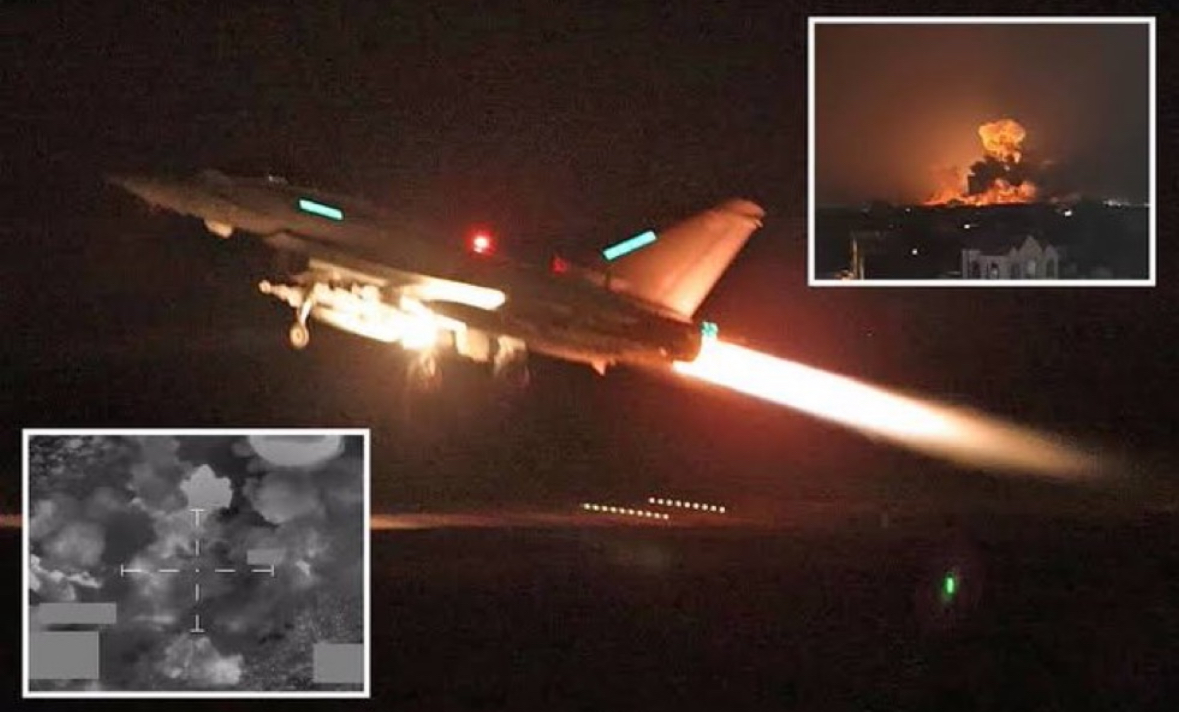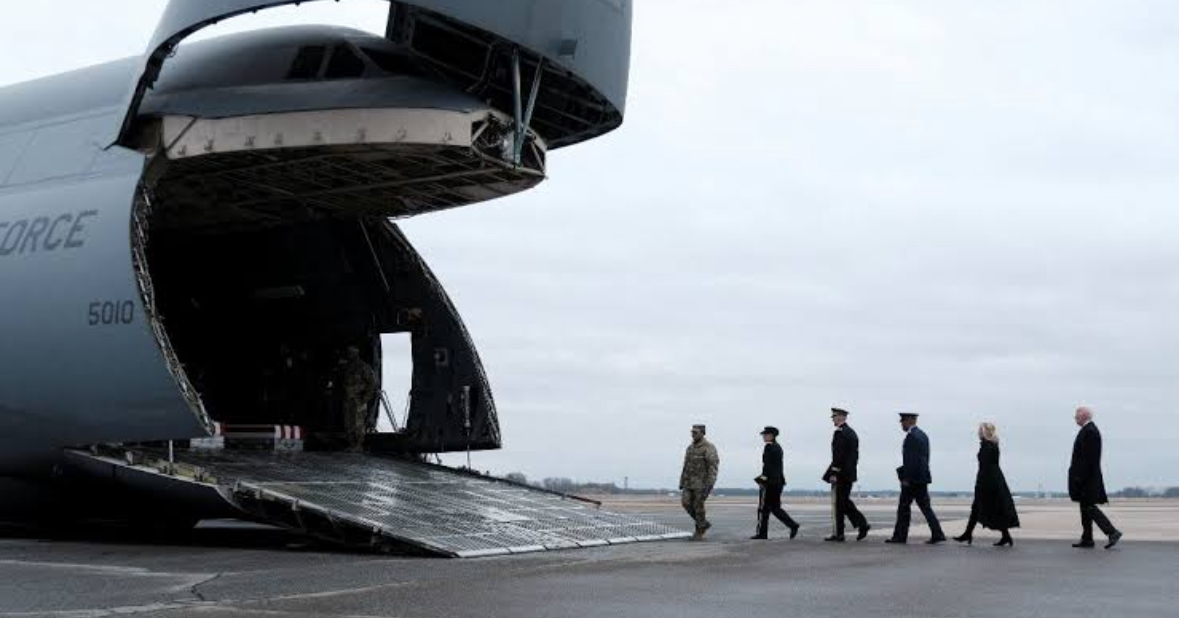Over 85 targets connected to Iran's Revolutionary Guard (IRGC) and the militias it supports have been the subject of retaliatory airstrikes carried out by the US against them in Syria and Iraq. Following a lethal incident in Jordan that left three US soldiers dead and numerous more injured, the strikes were carried out. Even if the strikes did not target any Iranian locations, there will likely be additional concerns about escalating tensions in the Middle East as a result, particularly in light of Israel's conflict with Palestinian Hamas terrorists in Gaza.
Iran's Islamic Revolutionary Guards Corps (IRGC) Quds Force and affiliated militia groups continue to represent a direct threat to the stability of Iraq, the region, and the safety of Americans. We will continue to take action, do whatever is necessary to protect our people, and… pic.twitter.com/Y53nvRfjjx— U.S. Central Command (@CENTCOM) February 3, 2024
Locations and targets

According to the US military, the strikes struck locations including logistics hubs, command and control centres, missile launchpads, drone storage facilities, and ammunition supply chain establishments. The attacks were directed at the Quds Force, the IRGC's paramilitary and foreign intelligence branch that has significant influence over its affiliated militias throughout the Middle East. Across seven locations—four in Syria and three in Iraq—the strikes struck over 85 targets. To carry out the strikes, US military personnel flew long-range B-1 bombers from the US.
Success and Casualties
CENTCOM Statement on U.S. Strikes in Iraq and Syria
At 4:00 p.m. (EST) Feb. 02, U.S. Central Command (CENTCOM) forces conducted airstrikes in Iraq and Syria against Iran’s Islamic Revolutionary Guards Corps (IRGC) Quds Force and affiliated militia groups. U.S. military forces… pic.twitter.com/HeLMFDx9zY— U.S. Central Command (@CENTCOM) February 2, 2024
The director of the Joint Staff, US Lieutenant General Douglas Sims, said that the bombings appeared to be successful and that they caused significant secondary explosions when they struck insurgent weaponry. Whether any militants were slain is unknown, though. Sims also conceded that anyone within the institutions that were targeted would probably suffer casualties. Syria's official media said that "American aggression" had resulted in losses and injuries at locations in the desert regions and along the border with Iraq.
Reactions and Upcoming Activities
In reaction to the attack by militants with Iranian support, the Joe Biden administration is allegedly carrying out a number of retaliation strikes. The response, according to President Biden, started on Friday and will go on at their convenience. Biden's orders to take further action against the IRGC and its affiliates were confirmed by US Defence Secretary Lloyd Austin. But the Pentagon has made it clear that neither it nor Tehran believe that war is something they desire with Iran.
Today, at my direction, U.S. military forces struck targets in Iraq and Syria that the IRGC and affiliated militia use to attack U.S. forces.
We do not seek conflict in the Middle East or anywhere else in the world.
But to all those who seek to do us harm: We will respond.— President Biden (@POTUS) February 2, 2024
Concerns about Iraq
This airstrike could make the US military's presence in Iraq more difficult. The strikes, which occurred in the Iraqi border region, sparked concerns from the Iraqi military that instability could spread throughout the area. The strikes were perceived as a challenge to the government of Iraq and a breach of its sovereignty. But according to John Kirby, a spokesman for national security at the White House, the Iraqi government was informed in advance of the strikes. Washington and Baghdad are holding talks over the future of the US-led military coalition in Iraq and the troop withdrawal in stages.
Ongoing Conflict and Reactions
Since the Israel-Hamas war began in October, US troops have been attacked more than 160 times in Iraq, Syria, and Jordan. In response to Israeli bombings, the IRGC has reduced the number of its senior officers stationed in Syria. Iranian advisers support armed organisations in both Iraq and Syria. The US strikes occur as Houthi fighters in Yemen persist in firing missiles and drones onto ships in the Red Sea, aiding the Palestinians in their struggle against Israel. Since October, there have been approximately 26,000 Palestinian deaths and 65,000 injuries in Gaza as a result of the ongoing violence.
In conclusion
The United States' retaliatory attacks targeting militias in Iraq and Syria that receive support from Iran are the first step in President Biden's administration's multi-pronged response to a fatal attack in Jordan. Even though the strikes didn't target Iranian territory, they have sparked worries about rising Middle East tensions, especially in the wake of Israel's conflict with Palestinian Hamas militants in Gaza. The strikes are thought to have been successful, hitting several targets at seven different locations, while casualties among individuals within the targeted facilities are anticipated. There are already discussions between Washington and Baghdad on the future of the US-led military coalition in Iraq, but the airstrikes could make the US military presence there more difficult. Numerous factions participating in the battle have reacted, and the continuous fighting in the area continues to claim lives.
(With Input from agencies)
Image source : Multiple agencies
ⒸCopyright 2024. All Rights Reserved Powered by Vygr Media.
























